American Mink
- April 1, 2024
- 0 comment
The American Mink, scientifically known as Neovison vison, is a small carnivorous mammal native to North America. Known for its sleek and glossy fur, the American Mink is highly adaptable and can be found in a variety of habitats including forests, wetlands, and coastal areas. These solitary animals are skilled hunters, preying on small mammals, birds, fish, and amphibians. They are equipped with excellent swimming abilities, partially webbed feet, and a streamlined body, allowing them to pursue prey both on land and in water.
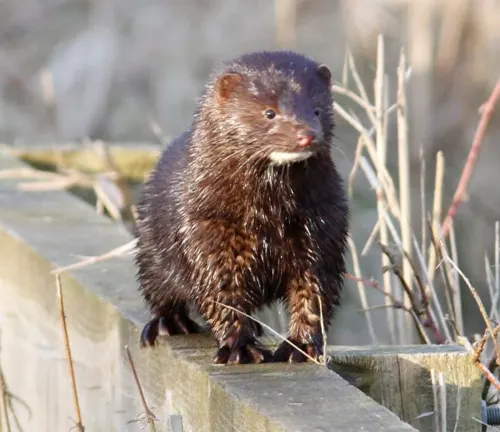
Despite their solitary nature, American Minks come together during the breeding season, with females giving birth to litters of typically 3 to 6 kits. However, their populations face threats from habitat loss, pollution, and the fur trade. Efforts to conserve American Minks involve habitat restoration, captive breeding programs, and regulations on fur trapping to ensure their survival in the wild. Overall, the American Mink plays a significant role in maintaining the balance of ecosystems and serves as a reminder of the importance of wildlife conservation.
| Specification | Description |
|---|---|
| Scientific Name | Neovison vison |
| Habitat | Forests, wetlands, coastal areas |
| Size | 12 to 18 inches in length (excluding tail) |
| Weight | 1.5 to 3.5 pounds |
| Fur Coloration | Shades of brown, black, occasionally white |
| Diet | Small mammals, birds, fish, amphibians, crustaceans |
| Behavior | Solitary except during breeding season |
| Reproduction | Females give birth to litters of 3 to 6 kits |
| Adaptations | Excellent swimming ability, partially webbed feet |
| Threats | Habitat loss, pollution, fur trade |
| Conservation Status | Varies by location, conservation efforts ongoing |
American Mink
If you’re fascinated by the diverse wildlife of North America, the American mink (Neovison vison) is undoubtedly a species worth exploring. From its sleek fur to its agile hunting skills, the American mink occupies a significant ecological niche in both natural and human-altered landscapes.
Physical Characteristics
The physical characteristics of the American Mink are as follows:
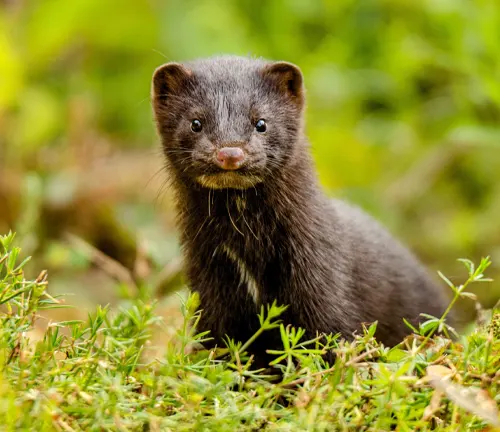
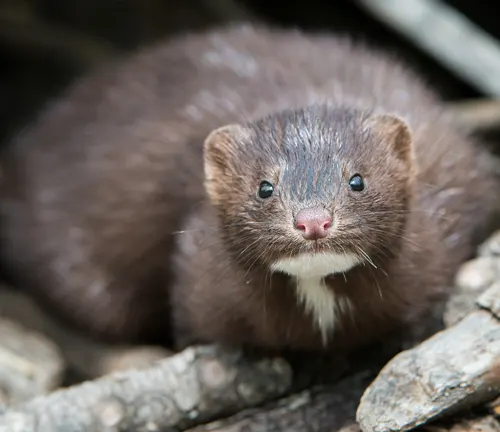
- Size and Weight: American minks are relatively small carnivores, with adults typically measuring around 12 to 18 inches in length, excluding their tails. They weigh between 1.5 to 3.5 pounds on average.
- Fur Coloration: One of the most striking features of the American Mink is its fur coloration. Their fur displays a range of colors, including shades of brown, black, and occasionally white. This adaptable coloration allows them to blend seamlessly into various environments.
- Body Structure: American minks have a sleek and slender body structure, which aids in their agility and hunting prowess. Their bodies are well-adapted for both terrestrial and aquatic locomotion.
- Head and Facial Features: American minks have relatively small heads with short, rounded ears. Their faces are characterized by a pointed snout and sharp teeth, which are essential for capturing and consuming prey.
- Limbs and Tail: American minks have four short legs with partially webbed feet, which facilitate their swimming abilities. Their tails are long and bushy, measuring approximately half the length of their bodies. The tail serves multiple purposes, including balance while swimming and communication.
- Senses: American minks possess keen senses, including sharp eyesight and acute hearing. Their sense of smell is particularly well-developed, allowing them to detect prey and navigate their surroundings effectively.
Habitat and Distribution
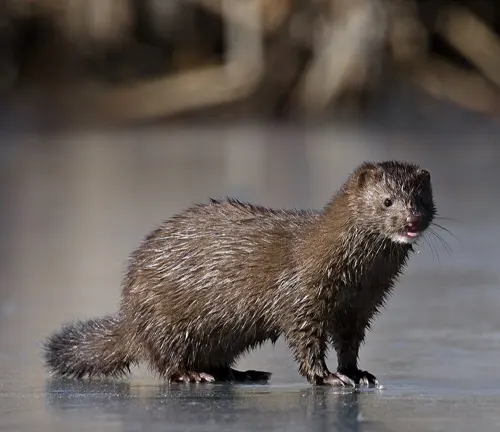

The American Mink is a highly adaptable mammal native to North America. Historically, American minks inhabited a diverse range of habitats, including forests, wetlands, marshes, and riparian zones. They are commonly found near bodies of water, such as rivers, streams, lakes, and coastal areas, where they can hunt for aquatic prey and seek shelter in dens along the shoreline.
Despite their native range being primarily concentrated in North America, American minks have been introduced to various regions worldwide, including Europe and South America. This introduction was primarily for fur farming purposes, leading to the establishment of feral populations in some areas.
In their native habitats, American minks play a vital ecological role as apex predators, regulating populations of small mammals, birds, fish, and amphibians. However, human activities, such as habitat destruction, pollution, and the fur trade, have significantly impacted their distribution and abundance.
Diet and Feeding Habits


The American Mink is a carnivorous mammal with a diverse diet that reflects its adaptability and hunting prowess. As opportunistic predators, American minks prey on a variety of small animals, including mammals, birds, fish, amphibians, and crustaceans.
One of the primary food sources for American minks is small mammals such as voles, mice, rats, and rabbits. They are skilled hunters, using their keen senses of smell, sight, and hearing to locate and capture prey. With their agile bodies and sharp teeth, American minks can swiftly dispatch their quarry, making them efficient predators in their ecosystems.
In addition to mammals, American minks also feed on birds and their eggs, especially during the nesting season when avian prey are abundant. They are known to raid bird nests located near water bodies, opportunistically consuming eggs, nestlings, and even adult birds.
Furthermore, American minks are proficient anglers, adept at catching fish and other aquatic prey. They possess partially webbed feet and streamlined bodies, which enable them to swim swiftly and pursue prey underwater. Fish, amphibians, and crustaceans form a significant portion of their diet, particularly in habitats with ample water resources.
Behavior and Reproduction
The American Mink exhibits fascinating behavior patterns, including aspects of its social structure, activity patterns, and reproductive biology.
Social Structure
American minks are primarily solitary animals, maintaining individual territories that they defend against intruders. They are most active during the early morning and evening hours, exhibiting crepuscular behavior. While solitary for much of the year, American minks may come together during the breeding season, when males actively seek out females for mating.
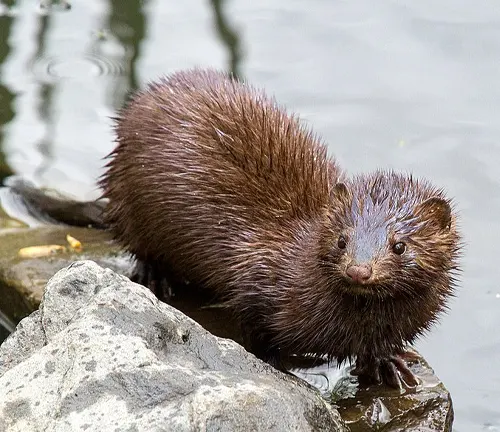
Reproductive Cycle
The breeding season for American minks typically occurs in late winter or early spring, with peak mating activity observed during February and March. During this time, males engage in elaborate courtship displays to attract females, including vocalizations and scent marking of territories. Once a female has been successfully courted, mating takes place, after which she prepares a den for the impending birth of her kits.
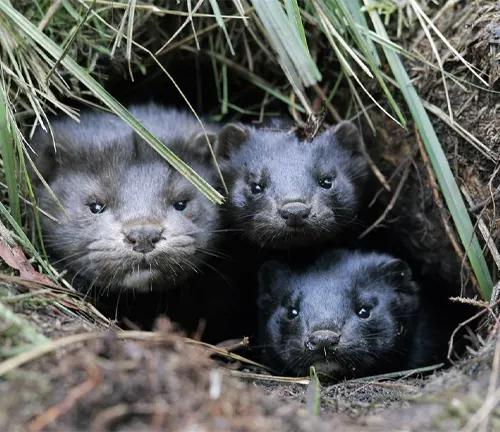
Gestation in American minks lasts approximately 40 to 75 days, with variations depending on environmental conditions and the availability of food resources. Females give birth to litters of typically 3 to 6 kits, which are born blind, hairless, and entirely dependent on their mother for nourishment and protection. The female diligently cares for her young, nursing them until they are old enough to begin consuming solid food and venture outside of the den.
Upon reaching sexual maturity at around 10 months of age, American minks become reproductively active and may establish territories of their own. However, dispersal from the natal territory may occur earlier, particularly among males, as they seek to establish their own breeding territories and avoid competition with dominant individuals.
Adaptations for Survival
The American Mink possesses several remarkable adaptations that enable it to thrive in its diverse range of habitats and fulfill its role as a successful predator.
Swimming Ability
One of the most notable adaptations of the American Mink is its exceptional swimming ability. Equipped with partially webbed feet and a streamlined body, minks are agile and efficient swimmers. This adaptation allows them to pursue prey both on land and in water, giving them access to a diverse array of food sources and enhancing their ability to evade predators.

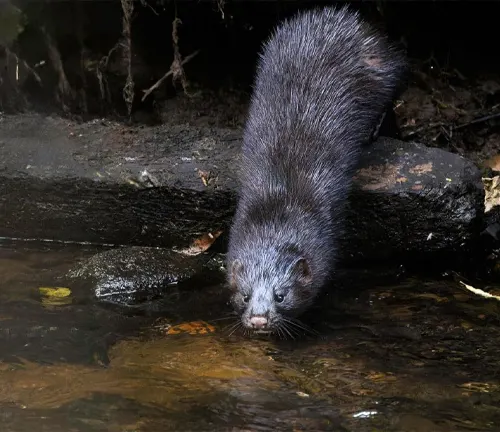
Nocturnal Behavior
American Minks are primarily nocturnal, meaning they are most active during the night. This behavioral adaptation serves multiple purposes, including reducing competition with diurnal predators and prey species, minimizing exposure to extreme temperatures during the day, and taking advantage of reduced visibility to ambush unsuspecting prey.
Sharp Claws and Teeth
American Minks possess sharp claws and teeth, which are essential tools for hunting, capturing, and consuming prey. Their claws enable them to grasp and hold onto slippery prey items, while their teeth are well-suited for tearing flesh and crushing bones. This adaptation allows minks to efficiently dispatch their quarry and extract nutrients from a variety of prey species.
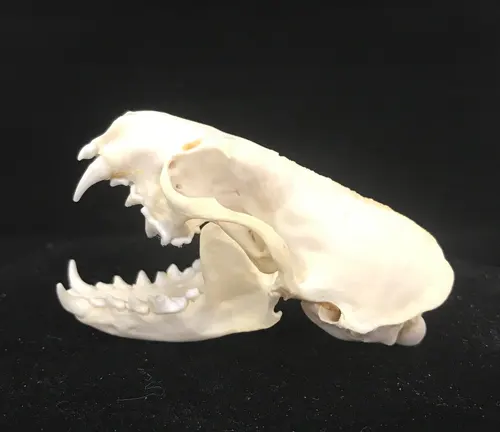
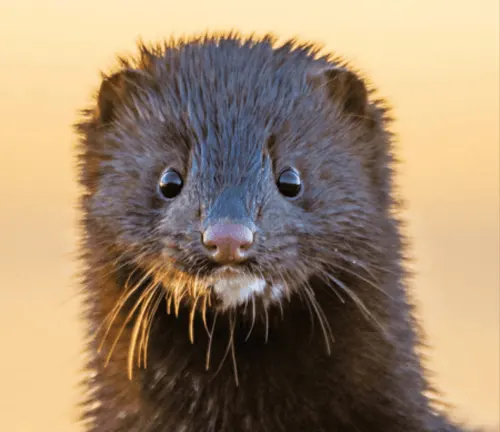
Keen Senses
American Minks have keen senses, including acute vision, hearing, and smell, which play a crucial role in locating and capturing prey, navigating their environment, and detecting potential threats. Their sharp eyesight allows them to spot prey from a distance, while their acute sense of smell helps them track prey even in dense vegetation or underwater environments. Additionally, their sensitive hearing enables them to detect the movements of potential prey or predators nearby, allowing them to react swiftly to changing circumstances.
Adaptability to Varied Environments
American Minks are highly adaptable animals, capable of thriving in a wide range of habitats, including forests, wetlands, marshes, and coastal areas. This adaptability allows them to exploit diverse food sources and shelter options, making them successful predators in both natural and human-altered landscapes.
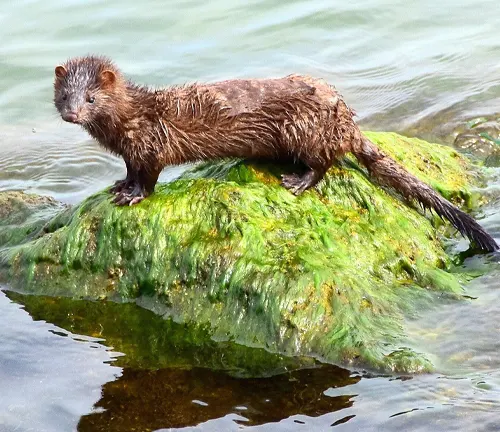
Predators and Threats
Despite being skilled predators themselves, American Minks face threats from a variety of natural predators as well as human-induced factors that impact their survival and population dynamics.
Natural Predators
Several larger carnivores serve as natural predators of the American Mink, including coyotes, foxes, bobcats, and birds of prey such as eagles and owls. These predators may target minks opportunistically or as part of their regular hunting behavior, particularly in areas where minks are abundant and accessible.

Human-Induced Threats
Human activities pose significant threats to American Mink populations, both directly and indirectly. Habitat loss and fragmentation due to urbanization, agriculture, and infrastructure development reduce the availability of suitable habitats for minks, limiting their access to food, shelter, and breeding sites.
The fur trade has historically been a major threat to American Minks, with the demand for their luxurious fur driving extensive trapping and harvesting activities. While regulations and conservation efforts have helped reduce the impact of fur trapping on wild mink populations, illegal trapping and poaching still occur in some regions.
Pollution of waterways and habitats, including contamination from agricultural runoff, industrial pollutants, and oil spills, poses additional risks to American Minks. Pollution can negatively impact water quality, disrupt food chains, and lead to health problems such as poisoning or disease outbreaks among mink populations.
Role in Ecosystem
The American Mink plays a crucial role in maintaining the balance and health of ecosystems in which it resides. As an apex predator, minks help regulate populations of prey species, exerting top-down control on food webs and influencing the distribution and abundance of other organisms within their habitats.
Impact on Prey Species
American Minks are opportunistic hunters with a diverse diet that includes small mammals, birds, fish, amphibians, and crustaceans. By preying on these species, minks help control their populations and prevent overgrazing or overexploitation of resources. This predatory pressure can have cascading effects on the abundance and distribution of prey species, indirectly shaping the structure and dynamics of ecosystems.
Influence on Habitat Structure
The foraging behavior of American Minks can also influence habitat structure and composition, particularly in riparian and wetland areas where they are commonly found. By creating dens and trails along shorelines and waterways, minks alter the physical characteristics of their habitats, creating microhabitats that may benefit other species such as nesting birds or amphibians.
Contribution to Nutrient Cycling
As predators, American Minks play a role in nutrient cycling within ecosystems through their consumption and subsequent deposition of organic matter. The remains of prey animals, including bones, fur, and other organic material, provide a source of nutrients that can be recycled back into the environment through decomposition, enriching soils and supporting plant growth.
Indirect Effects on Community Structure
The presence of American Minks can have indirect effects on the behavior and distribution of other species within their ecosystems. The fear of predation by minks may influence the behavior of prey species, altering their activity patterns, habitat use, and foraging strategies. Additionally, interactions between minks and other predators or competitors may shape the spatial distribution and coexistence of different species within their shared habitats.
Conservation Status
The conservation status of the American Mink varies depending on factors such as habitat availability, population trends, and human impacts across its range. While the species is not currently considered globally threatened, certain populations may face localized threats and conservation challenges.
Natural Range
In its native range of North America, the conservation status of American Minks varies among different regions and ecosystems. Populations in areas with relatively intact habitats and minimal human disturbance may be relatively stable, while those in regions experiencing habitat loss, pollution, or intensive trapping pressure may be more vulnerable.
Introduced Populations
In regions where American Minks have been introduced outside of their native range, their conservation status may be of concern due to potential ecological impacts on native wildlife and ecosystems. Feral populations of minks may compete with indigenous predators for resources, prey on native species, or disrupt food webs, leading to declines or extirpations of native fauna.
Threats to Population
The primary threats to American Mink populations include habitat loss and fragmentation, pollution of waterways and habitats, fur trapping, and predation by larger carnivores. These threats can reduce the availability of suitable habitats, limit access to food and breeding sites, and directly impact mink populations through mortality or reduced reproductive success.
Conservation Efforts
Efforts to conserve American Mink populations typically involve a combination of habitat protection, restoration, and management, as well as regulations on fur trapping and wildlife trade. Conservation organizations, government agencies, and research institutions work collaboratively to monitor mink populations, assess threats, and implement conservation measures aimed at safeguarding the species and its habitats.
Role of Captive Breeding and Reintroduction
Captive breeding programs may also play a role in American Mink conservation, particularly for populations at risk of extirpation or in need of genetic augmentation. However, the success of captive breeding and reintroduction efforts depends on factors such as genetic diversity, habitat suitability, and post-release monitoring to ensure the survival and establishment of reintroduced individuals.
Research and Study
Scientific research plays a crucial role in understanding the behavior, ecology, and conservation needs of American minks. Studies on their habitat preferences, feeding habits, and population dynamics provide valuable insights for conservation efforts and management strategies.
Ongoing research also explores the potential impacts of climate change and human activities on mink populations, highlighting the need for adaptive management approaches to mitigate future threats.
Different Species
The American Mink, Neovison vison, is a species of mink native to North America. While there are no distinct subspecies of the American Mink, variations in size, fur coloration, and habitat preferences can be observed among populations inhabiting different regions.

Frequently Asked Questions (FAQs)
- What is the American mink’s natural habitat?
American minks are typically found in a variety of habitats, including forests, wetlands, and coastal areas. - How do American minks hunt for prey?
American minks are skilled hunters, utilizing their keen sense of smell and agility to capture prey both on land and in water. - What do American minks eat?
American minks have a diverse diet that includes small mammals, birds, fish, amphibians, and crustaceans. - Do American minks live in groups or alone?
American minks are solitary animals, except during the breeding season when males and females come together to mate. - How many kits does a female American mink typically have?
Female American minks typically give birth to litters of 3 to 6 kits, which they raise in secluded dens near water bodies. - Are American minks good swimmers?
Yes, American minks are excellent swimmers, equipped with partially webbed feet and a streamlined body that allows them to navigate through water with ease. - What are the main threats to American mink populations?
American mink populations face threats from habitat loss, pollution, fur trapping, and predation by larger carnivores. - How do conservation efforts help protect American minks?
Conservation efforts involve habitat restoration, captive breeding programs, and regulations on fur trapping to ensure the survival of American mink populations. - Are American minks nocturnal animals?
Yes, American minks are primarily nocturnal, meaning they are most active during the night. - What is the lifespan of an American mink in the wild?
In the wild, American minks typically live for 3 to 4 years, although some may live longer in captivity. - Do American minks have any natural predators?
Yes, American minks face predation from larger carnivores such as coyotes, foxes, and birds of prey.



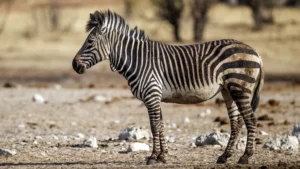

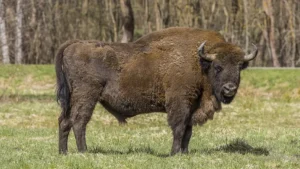
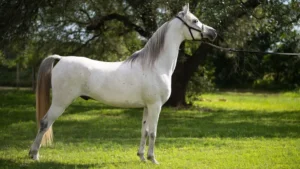
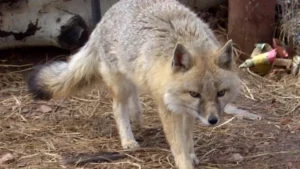
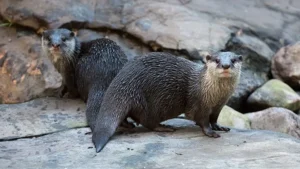

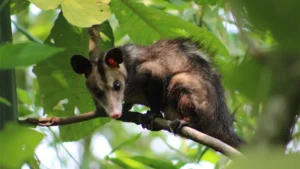

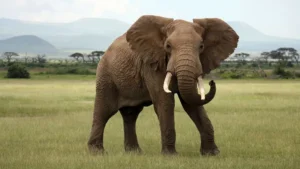
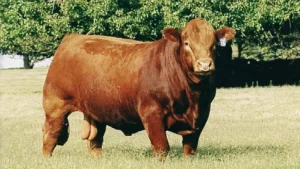
Leave your comment